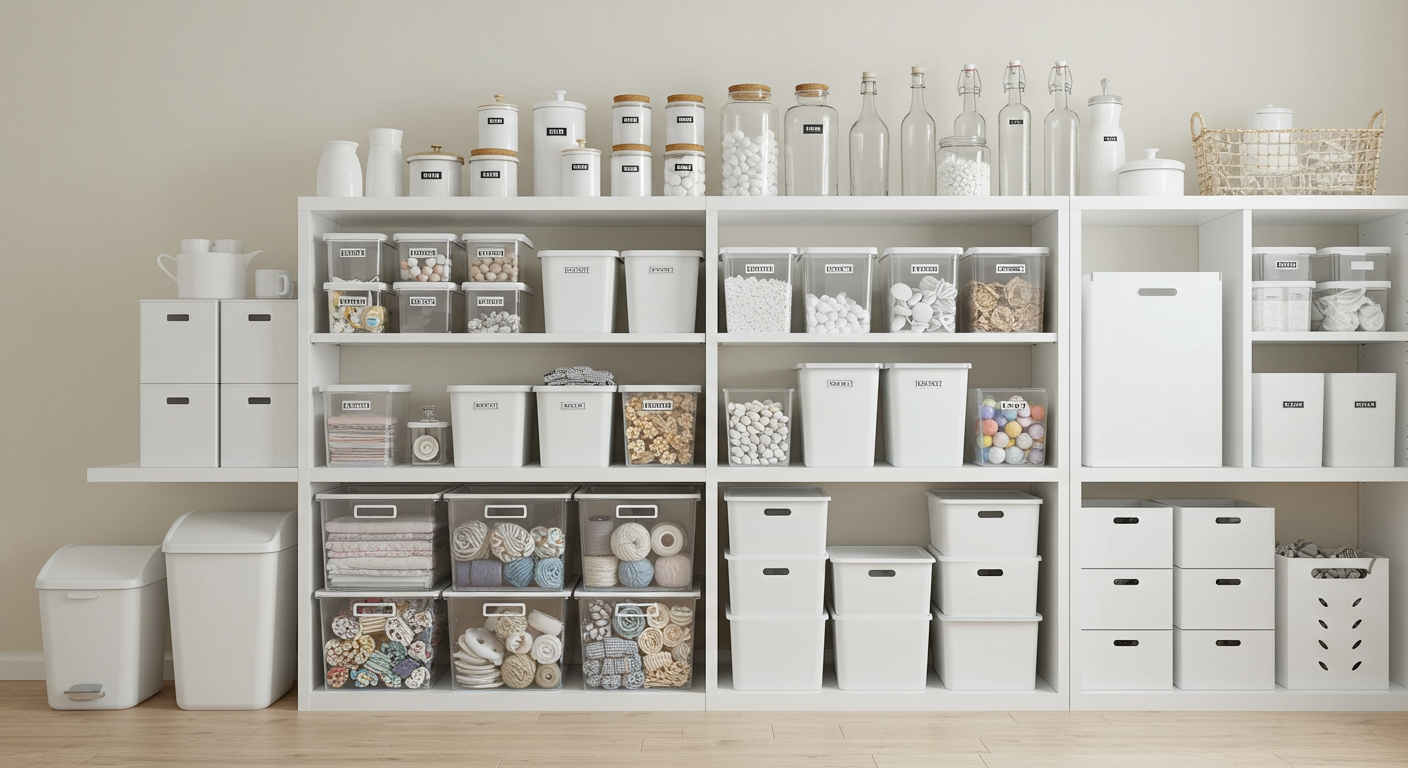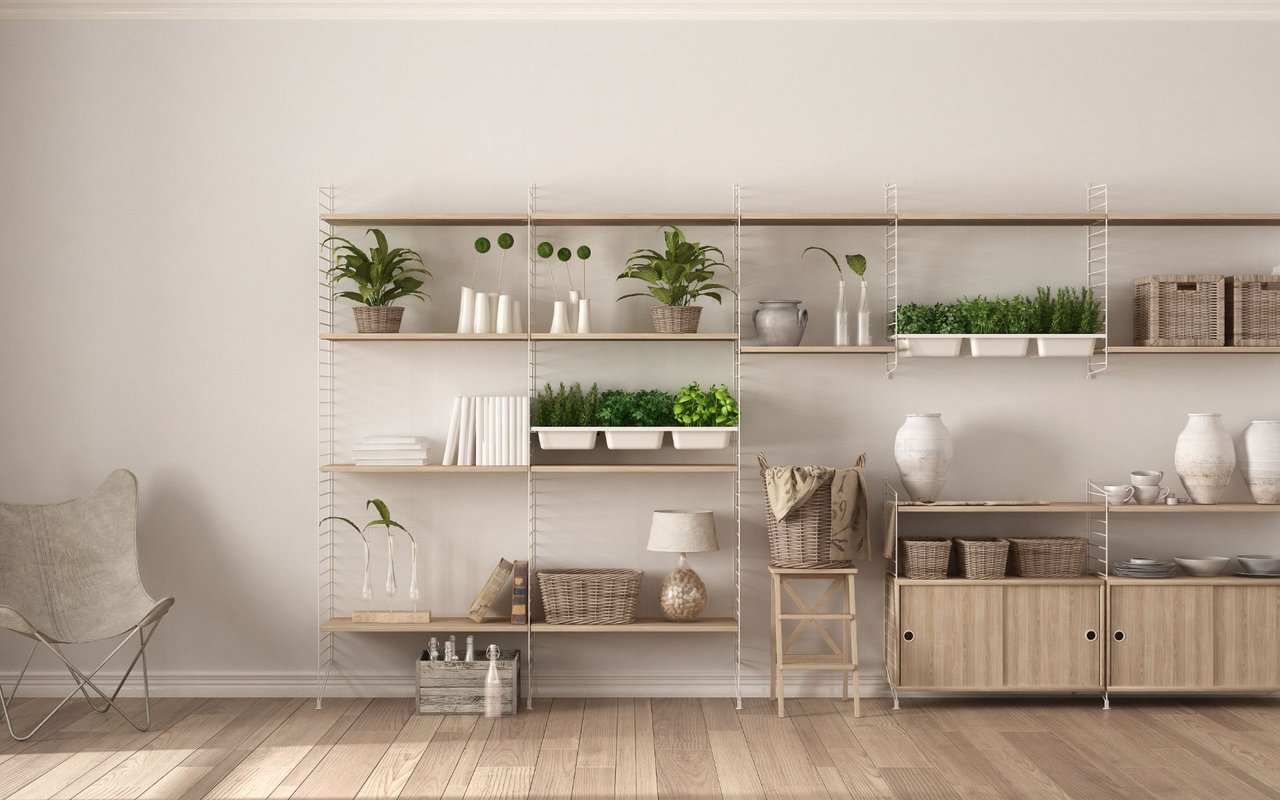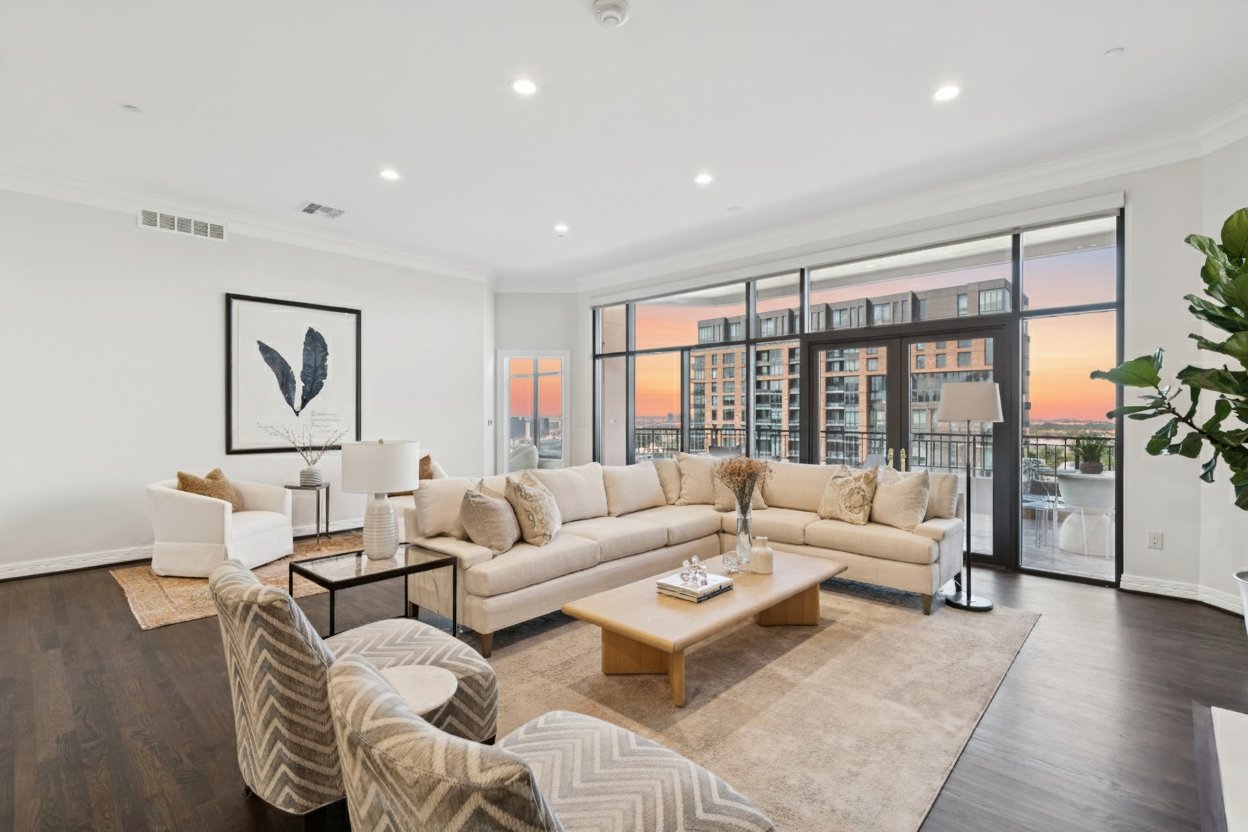The Home Edit Founders Share Their Top Organizing Tips for 2019

Even if you don't know The Home Edit by name, chances are you've seen them on Instagram. Founded by California transplants Clea Shearer and Joanna Teplin, the Nashville-based company has transformed the world of home organization from a daunting task to an attractive art. Their stylish, design-centric approach to organizing has attracted the likes of A-list celebrities including Khloe Kardashian, Mandy Moore, Gwyneth Paltrow, and more–all whom have sought out help from the power duo to make their messy spaces more manageable–and stylish.
Clea and Joanna are like the crossbreed of a walking Pinterest board and The Container Store under a rainbow–and with 873k Instagram followers they’ve got a pretty impressive reach. To put it bluntly, Joanna and Clea have built an empire of sexy organizing. Recently, they partnered with Amazon's Alexa, opening up yet another part of their lives to organize. "Alexa is our favorite part of the team," they say. From scheduling their company calendars to setting blueprints for when they host guests, Alexa (and the digital sphere's) organizational capacity opens endless possibilities for the duo. In the end, it all comes down to the basic principles of their allure–a signature aesthetic grounded by a love of ROYGBIV and a tactical use of storage bins–all united by a systematic approach to organization that's designed to hold up through whatever messes you make along the way. Now, Joanna and Clea share their best tips for getting (and staying) organized in the new year.
Step 1: Start Small and Edit
The biggest mistake people make when organizing their home is trying to purge and organize simultaneously. Clea and Joanna refer to this as a blackbelt level, do-not-try-this-at-home technique. It’s imperative that you free up space and remove clutter prior to organizing. Tackle specific, smaller areas one at a time, like a drawer or cabinet. “It’s easier for your mental bandwidth,” Clea says. Whether that means going through oils that are leaking in the kitchen, toys that are broken in the playroom, puzzles with missing pieces, etc., these are the items that are easy to get rid of right off the bat. One caution that Clea and Joanna say is to never attempt at an entire room at once. Start with the easiest spaces (ex. A drawer) and move up to the hardest ones (ex. A pantry). “You should always tackle one space from start to finish before moving onto the next,” Joanna says. Always aim to keep your home only 80% full.
Step 2: Categorization
Once you’ve gotten rid of the items you no longer need, the next step is to categorize everything. Lay it all out and begin to group items into specific categories. Place items from each category into their own specific containers, and LABEL LABEL LABEL. “Labels are like the police–they demand you to abide,” Clea says. If you’re organizing your bathroom, separate lotions, toners, dental care, hair products/tools, and so on. These categories will serve as a roadmap for how you actually organize them within drawers and cabinets.
Step 3: Containment of Items
The way that you contain your items can make or break the functionality of a space. Whether you’re dealing with pasta or shoes, this will determine how things fit within a space. While you may be asking yourself, “If my chips are already in a bag, why would I remove and relocate them?” the answer is fairly simple. By using containers that are designed to fit together, you are taking full advantage of the space in your pantry, eliminating the need to play food Tetris with flimsy or oddly-shaped items. You can then label specific containers so that you can continue to refill them with the same items. Plus, you’ll never reach the Khloe Kardashian-level pantry aesthetic with unattractive boxes and bags.
Step 4: Focus on How the Room Is Used, Not What the Room Is
Instead of approaching a room based on what you call it (ex. Laundry room), focus on the room’s actual use. Yes, a laundry room is for laundry, but it can also be a utility room. “Think of the ways the room operates beyond its central purpose,” Clea and Joanna explain. Once you do that, you’ll create much more opportunity for organization, which works especially well when you have rooms that are more spacious than others.
A family room can also be a playroom or an office, and you can keep that space more functional and organized by setting up zones and systems to simplify how you use it. Whether that means putting toys in a basket under the TV or office supplies in a credenza, you’re assigning specific items to specific storage spaces within the room where they're used.
Step 5: the Organizational Pieces Everyone Should Own
To get you started on your journey to neatness, Joanna and Clea break down the top organizational pieces that every home should have:






